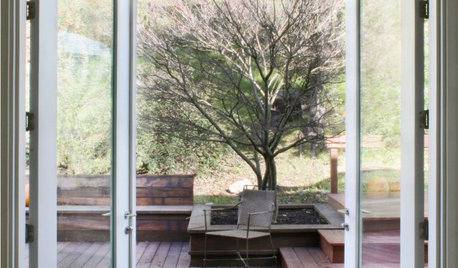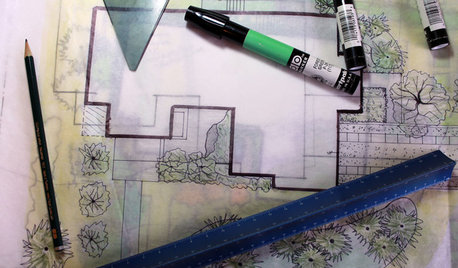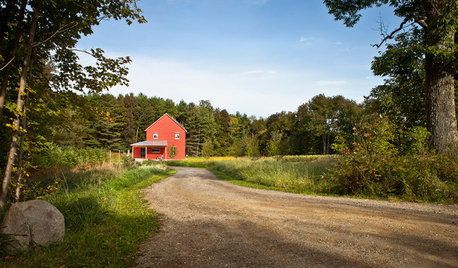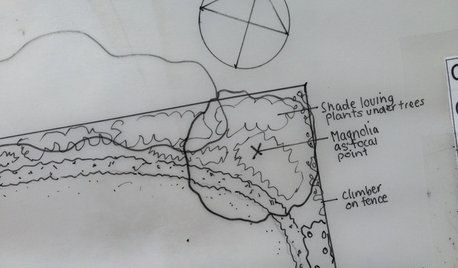struggling to find a site
Becky - 4-Wisconsin
24 years ago
Related Stories

HOME TECHNew TV Remote Controls Promise to Do More — Without the Struggle
Dim your lights, set up user profiles and discover a remote you can't lose. Welcome to the latest and greatest way to change the channel
Full Story
DECORATING GUIDESFind Your Design Style
Choose One of These 8 Home Photos to Find Your Signature Look
Full Story
KITCHEN DESIGNWhite Appliances Find the Limelight
White is becoming a clear star across a broad range of kitchen styles and with all manner of appliances
Full Story
DECORATING GUIDESQuick Fix: Find Wall Studs Without an Expensive Stud Finder
See how to find hidden wall studs with this ridiculously easy trick
Full Story
MOST POPULARFind the Right Glass Door for Your Patio
It’s more than just a patio door — it’s an architectural design element. Here’s help for finding the right one for your home and lifestyle
Full Story
HOUZZ TOURSMy Houzz: An 1887 Duplex Finds the Sun
A new solarium, yellow paint and other makeover touches bring sunny cheer to a Montreal home
Full Story
WORKING WITH PROSUnderstand Your Site Plan for a Better Landscape Design
The site plan is critical for the design of a landscape, but most homeowners find it puzzling. This overview can help
Full Story
GARDENING GUIDESHow to Find the Right Native Plants for Your Yard
Find plant maps, sale sites and guides that make going native in the garden easier than ever
Full Story
THE ART OF ARCHITECTUREFinding the Perfect Home for a New House
Sun, soil, water, topography and more offer important cues to siting your house on the land
Full Story
LANDSCAPE DESIGNDesign Workshop: How to Analyze Your Outdoor Site
Getting to know your site is the first step to creating a wonderful garden. Follow this 10-point checklist to get it right
Full StorySponsored






Karen - 9
Amy
Related Professionals
Owings Mills Landscape Architects & Landscape Designers · Finneytown Landscape Architects & Landscape Designers · Cincinnati Landscape Contractors · Clayton Landscape Contractors · Dixon Landscape Contractors · Kailua Landscape Contractors · North Lauderdale Landscape Contractors · Tamarac Landscape Contractors · Annapolis Siding & Exteriors · Beaumont Siding & Exteriors · Billings Siding & Exteriors · Cheektowaga Siding & Exteriors · East Brunswick Siding & Exteriors · Plano Siding & Exteriors · San Antonio Siding & ExteriorsCynthia - 5
bobby4
Marie_TX
Marie_TX
nonacook